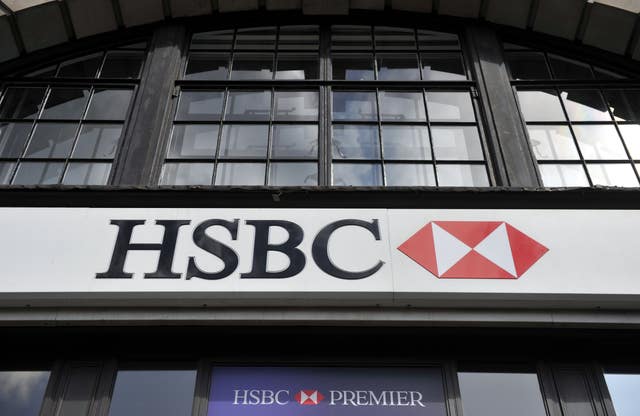The collapse of the 16th largest bank in the US sent ripples through global markets on Monday as Governments and businesses scrambled to figure out what the impact would be and how it could be contained.
Silicon Valley Bank collapsed on Friday after failing to raise new capital last week.
On Monday the Government said that HSBC would take over the UK wing of the bank.
But what was SVB, why did it collapse, and are other banks at risk? We examine these questions here.
What was SVB?
Silicon Valley Bank was a bank with a niche but very important customer base: the technology companies that have become a massive part of the US and global economy.
Thousands of small and large companies around Silicon Valley and beyond put their cash in the bank and also borrowed from it.
The bank had a successful few years, multiplying its deposits and loan books in part thanks to the pandemic.
Technology companies did very well during lockdown as people looked for new ways to shop and work, among other things.

Why was SVB in trouble?
When account holders put money into any bank that bank will only keep some of that money in its own accounts. The rest of it it uses to lend or to invest.
One of the things that SVB has invested heavily in was long-term US government bonds which are considered very safe investments.
But when interest rates rise, as they have been doing over the last year, bonds tend to fall in price. In itself this did not have to be a problem – SVB could just have kept the bonds until they matured, or until prices improved.
But meanwhile the technology sector was coming under pressure and a lot of companies needed to tap into the reserves they had deposited with SVB.
As a result SVB had to start selling bonds at heavy losses in order to be able to reimburse customers.
Why did SVB collapse last week?
Last Wednesday SVB went cap in hand to investors to raise 1.8 billion dollars in order to prop up the business after losing so much money selling these bonds.
But the announcement spooked customers, who tried to get their money out of the bank, adding to its problems. It failed to raise the money it needed and collapsed on Friday.
What impact will it have on the technology sector?
Technology companies had billions of dollars sitting in the metaphorical vaults of SVB – money that they needed to pay suppliers and staff and pay rent, among other things.
Until Sunday it was unclear whether they would be able to access that cash. But the US Government stepped in and said that businesses should be able to get hold of their money from Monday morning.
Is it important to British companies?
British companies were a lot less exposed to SVB than their US counterparts, but it does not mean they are immune.
SVB had a UK subsidiary which many start-ups and larger businesses used.
On Monday more than 40 companies that were listed in London updated their shareholders on what dealings they had with SVB before its collapse.
Most said they were fine, but two companies were forced to suspend trading in their shares.
The Government hopes that the deal for HSBC to buy SVB UK that was announced on Monday morning will help calm nerves and ensure that companies can get their money.
Are other banks going to fail?
Last week two other US banks that cater to the cryptocurrency market – Signature and Silvergate – also went out of business.
But rating agency Moody’s said that while interest rate increases had hurt the value of large European banks’ bond portfolios, the impact would be “temporary and moderate.”
It added: “We consider European banks are generally well placed to avoid the need to sell their bonds at a loss.”






